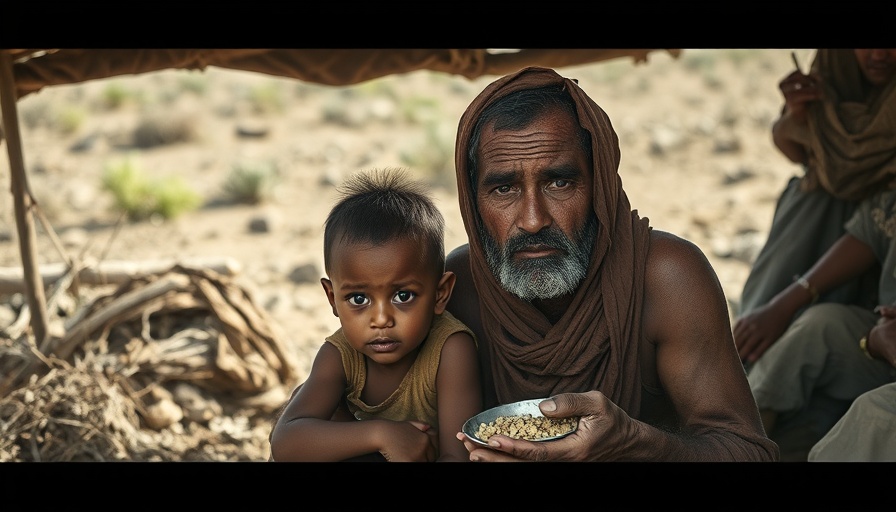
Extreme Heat: A Growing Concern for Children
As temperatures rise, the impact of extreme heat on our children cannot be ignored. Currently, a staggering 171 million students have experienced disrupted learning due to increasingly intense heatwaves that disrupt daily life. For children, the effects of prolonged exposure to extreme temperatures can be dire, affecting not only their health but also their long-term learning capabilities and overall development.
The Vulnerability of Young Bodies
Unlike adults, children heat up more quickly and sweat less, making them particularly sensitive to high temperatures. Researchers from the Center on the Developing Child at Harvard have raised alarms about the potential outcomes of this vulnerability. Their reports highlight a range of complications from heat exposure, including everything from muscle breakdown to severe heat-related illnesses that can jeopardize long-term health.
At extreme temperatures, heat shock proteins in the body, which usually function to protect important molecules, can break down. This collapsing mechanism triggers a cascade of physiological responses, negatively impacting brain function, immune health, and cardiovascular stability. As Lindsey Burghardt, chief scientist at the Center, emphasizes, the cascading effects lead to significant risks not just for immediate health but also for future wellbeing.
Impact on Mental Health
It’s not just physical health at stake; extreme heat also poses a mental health risk for children. High temperatures can destabilize neurotransmitters that regulate mood, leading to increased stress responses. Early childhood is a critical time for developing mental health circuits, and exposure to extreme conditions can disrupt these developmental pathways, which play a crucial role in mental health throughout life.
Activities that enhance social skills are also hindered in high heat. Many essential childhood learnings such as negotiation during play and physical exploration occur outdoors, which is rendered less feasible in extreme heat. When children cannot engage in these crucial activities, the implications stretch beyond temperature discomfort—they can impact cognitive growth and emotional stability.
Adapting Infrastructure for Cooling Needs
Given the mounting evidence of heat's detrimental effects on children, it is vital for communities, schools, and local governments to rethink how infrastructure can keep young bodies cool. As Burghardt notes, the conversation must shift to consider not just educational quality, but the overall environment that affects a child’s ability to learn and thrive.
Solutions could range from investing in air conditioning in schools to planning outdoor spaces equipped with shaded areas and water stations to mitigate the impact of heat. Moreover, parents can engage in discussions with school leaders about cooling resources and the importance of adapting to climate change.
Call to Action for Parental Awareness
As temperatures continue to rise at alarming rates, being proactive in dealing with heat-related challenges is essential. By encouraging communities to adopt green energy solutions such as solar power and sustainable practices, they can contribute to reducing climate change's overall impact. Families should advocate for their children by supporting initiatives that promote climate action and environmental conservation.
This summer, prioritize sustainable lifestyle choices—embracing practices like water conservation, sustainable travel, and reducing waste not only benefits your family but also the broader environment. Communities should promote eco-friendly transportation and green building initiatives that aim to improve air quality and enhance children's learning conditions.
 Add Row
Add Row  Add
Add 



Write A Comment